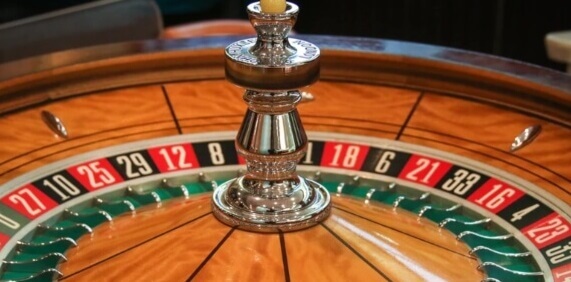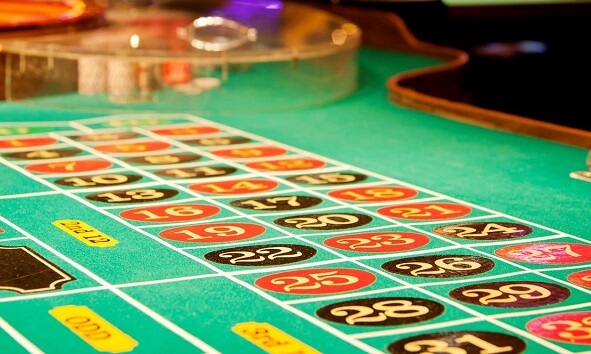
Throwing Light on the History of Roulette
The popular casino game roulette is a game of chance whereby players chance bets on numbers on a wheel. These can include single bets, betting on whether a number will be odd or even, red or black, high or low.
Betting on various number groupings is also a possibility. In order to determine the winner, or winners, the wheel is spun in one direction with a ball spinning in a circular track on the edge of wheel in the other direction. When the ball falls into the wheel and lands on one of the numbered wheel pockets, the winners can be determined.
The First Roulette Games
It is believed that the first games of Roulette happened in 17th and 18th century France when French mathematician, inventor and physicist Blaise Pascal developed a primitive form of the game while trying to create the impossible perpetual motion machine. Early records of the game can be found in the French book La Roulette, ou le Jour by Jaques Lablee, which was published in Paris in 1796 and gives reference to the game of roulette played in the city’s Palais Royal.
However it is highly likely that different forms of the popular casino game existed even before this as a 1758 regulation for Quebec states that dice, hoca, faro and roulette games are banned in the region.
The modern roulette wheel is set to be a combination of that wheel developed in 18th century France and Birbi, or Cavagnole. Biribi, is a game of chance that was banned in 1837. The game is played on a board with marked numbers in which players bet on the numbers they think will be drawn from a bag containing tickets. A banker draws the tickets to correspond with the board of bets, thus determining the winner.
The Growth of Roulette
By the 19th century roulette had begun to spread across the globe and was the premier game in the elite gambling mecca of Monte Carlo. In 1842, Frenchmen François and Louis Blanc, introduced the town of Bad Homburg in Germany to a single zero roulette wheel while the colour green had also been introduced in roulette wheels to avoid confusion. Monte Carlo players enjoyed a traditional single zero wheel while Las Vegas casinos played with American double zero wheel.
In the 1970s casinos began to pop up around the world, with Europe holding onto the single zero wheel with the double zero wheel popular in Canada, South America, the Caribbean and the United States. In some early American roulette games an Eagle slot featuring the American symbol of liberty, the American Eagle, was played with the slot bringing the casino an advantage. However this was soon disbanded.
Today the French or European style roulette wheel features 37 slots with a single zero with the American style wheel features 38 coloured and numbered wheel pockets with a double zero. The state of California also introduced California Roulette in 2004 in which cards replace the traditional roulette wheel slots in order to determine the winner.
